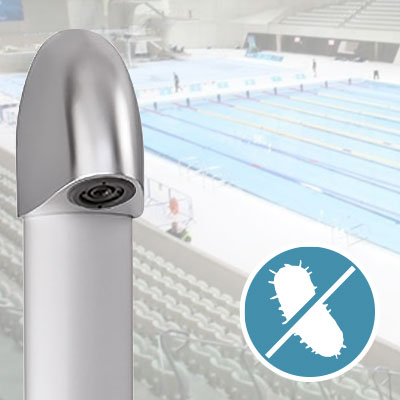
In public places, as well as healthcare facilities, the fight against bacterial proliferation is a constant challenge.
The infections that may result from poor hygiene controls in the system can be potentially very serious.
Mixing the water as close as possible to the point-of-use is an effective technique to tackle this problem.
THE PROBLEM: BACTERIAL PROLIFERATION IN THE WATER SYSTEM
Over time, a natural film develops in water distribution systems which lines the inside of the pipes: biofilm. Bacteria that occur naturally in water attach themselves to this layer which provides ideal conditions in terms of moisture, temperature and nutrients, etc. If it’s not monitored and controlled, bacterial development in the water system can become very problematic.
Among those bacteria that occur naturally, Legionella and Pseudomonas aeruginosa can cause serious nosocomial infections. They can be fatal for people with a fragile immune system.
Legionella develops in the biofilm when the water temperature is between 25°C and 45°C. Below this range and it remains dormant, above this range it will be destroyed. Infection occurs when the user inhales micro-droplets that are expelled from taps that contain the bacteria.
On the other hand, Pseudomonas aeruginosa develops in when the temperature is between 4°C and 42°C (the optimal range is between 30°C and 37°C). It needs air and water to proliferate. So it can be found where these factors unite: essentially this means in the tap, the flexible hose and up to a metre along the pipes in the system. Infection occurs via direct contact, through a wound or mucous membranes.

REGULATIONS & GUIDANCE TO MEET THE CHALLENGES
In 2019, in the UK there were 517 cases of Legionnaire's disease reported by the European Centre for Disease Prevention. In parallel, 4.1 million nosocomial infections were linked to care received in healthcare facilities in Europe. These infections resulted in 37,000 fatalities. This is, therefore, a growing phenomenon within water distribution systems.
In 2014, the Health and Safety Executive recognised this subject and published Health and Safety Guidance 274 Part 2: "The control of legionella bacteria in hot and cold water systems" as guidance to support the Approved Code of Practice and guidance on regulations regarding Legionella control.
AN EFFECTIVE TECHNICAL SOLUTION AGAINST BACTERIA: MIX THE WATER AS CLOSE AS POSSIBLE TO THE POINT-OF-USE
Two measures are essential to prevent bacterial development: reduce the amount of stagnant water in the distribution system to a minimum, and ensure that the hot water is above 50°C at all points in the system.
When a point-of-use is installed on a hot water circulating loop, the contents of the pipework up to the outlets is only purged when they are turned on. If they are not used regularly, the water in the pipework stagnates and cools down to temperatures which encourage bacterial development.
This affects any building where footfall can drop (hospitals, off-season tourism, etc.). This is why the regulations affecting public buildings require that hot water should be distributed so that it delivers a temperature of 50°C (55°C in healthcare premises) within one minute at the outlets.
Mixing the water as close as possible to the point-of-use brings the circulating loop close to the outlet. Doing so ensures that the water circulates at a high temperature to prevent the growth of microorganisms. Once established in the pipework, colonies of bacteria are difficult to dislodge. Therefore, prevention at the design stage is a winning strategy.
It's also essential that regular flushing occurs at the outlets to renew the water and maintain a high level of hygiene in the network. With this in mind, all DELABIE's electronic solutions feature an automatic duty flush which takes place every 24 hours after the last use: nothing is overlooked.

FOCUS ON SPORTING 2 SECURITHERM:
The electronic shower panel that mixes right at the point-of-use
Within DELABIE's range of water controls for public places, the brand new SPORTING 2 SECURITHERM offers the ideal solution: it mixes at the point-of-use with no risk of scalding for the user, and it provides and automatic anti-bacterial duty flush.
This electronic shower panel, with mains supply or battery-operated, has a thermostatic mixing valve (TMV) integrated within the shower head. This unique design means that the shower is supplied directly with water at the system temperature. It also prevents any stagnation between the hot water circulating loop and the point-of-use.
The SPORTING shower panel's design means that there is no standing water inside the shower panel.
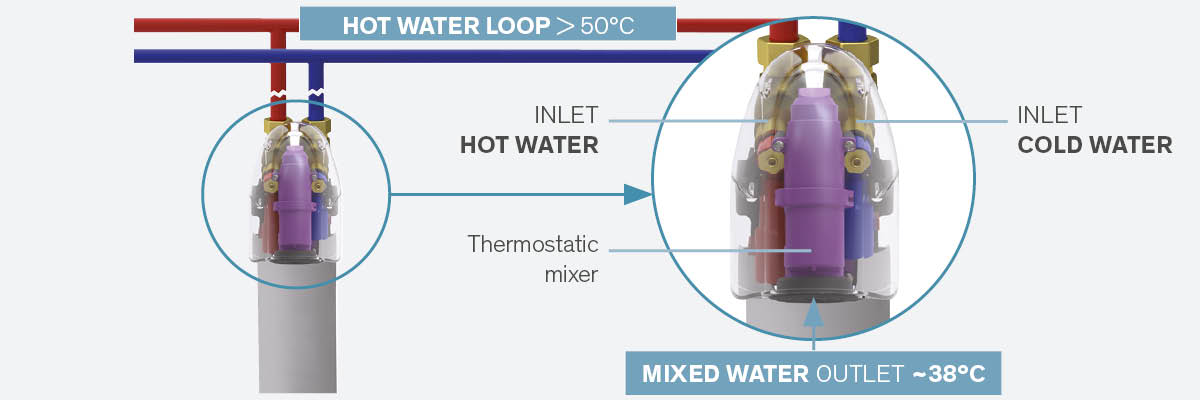

Comfort and safety
As soon as the user waves their hand in front of the electronic sensor, they have water at a pre-set, constant temperature, even if there are flow rate or pressure variations in the system.
If the cold water supply fails, the hot water supply shuts off instantly, which guarantees anti-scalding safety, and vice versa to avoid the risk of cold showers!
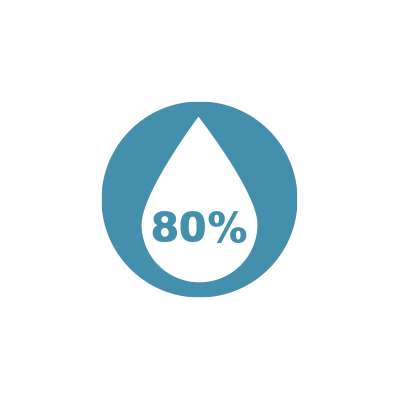
Designed to simplify the life of the manager, the installer and the user
The advantage of this competitively priced model also lies in its slender form and its flexible installation options, meaning it is easy to install whatever the configuration of the premises, in public buildings such as swimming pools, spas, sports complexes and boarding schools, etc.
Water savings are estimated at around 80% compared to a convenional shower, thanks to its electronics (automatic shut off) and reduced flow rate (6 litres per minute).
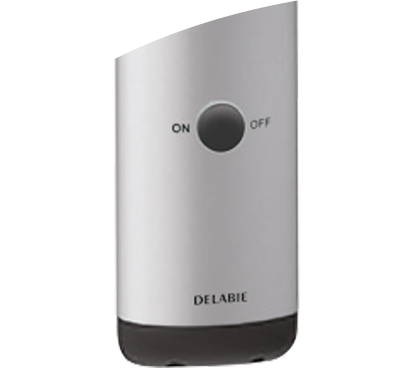
User hygiene and system hygiene
Electronic solutions have become increasingly popular during this period of heightened awareness about health as they avoid any manual contact with the water controls. The shower starts and stops when a hand is waved in front of the sensor. If the user forgets to shut off the shower, the valve shuts off automatically after 60 seconds.
After 24 hours of inactivity, a 60-second flush occurs systematically, renewing the the water and maintaining hygiene standards in the water distribution system.
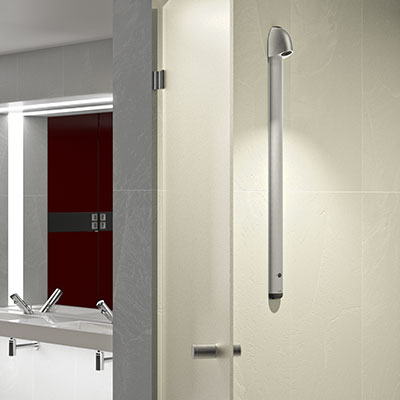
Don't change a winning design!
The first, time flow version of this shower panel has met with significant and long-lasting success, notably for its timeless, sleek design.
Its electronic counterpart retained the aesthetics of the original, and it's only natural that the electronic, thermostatic version does so as well.
The challenge was, therefore, to concentrate all that technology into the small shower head on the shower panel. Challenge accepted and met!
FOCUS ON THE PREMIX FAMILY:

PREMIX COMPACT gets a makeover
The PREMIX COMPACT TMV has been redesigned, improving user comfort and safety even more.
The technology immediately shuts off the water supply if the cold or hot water fails. The user is completely protected from the risk of both scalding and/or cold showers.
PREMIX COMPACT can supply 1 to 11 points-of-use.
It offers temperature stability and and instant hot and cold water shut off in case of supply failure, even when supplied with low flow rates (5 lpm).
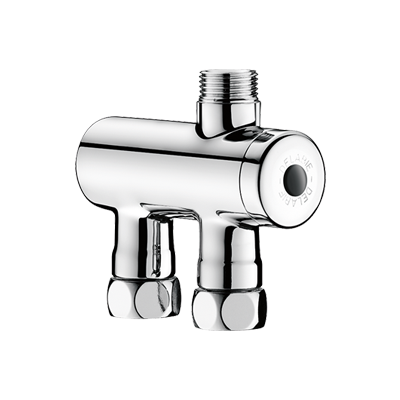
PREMIX NANO, a safe bet
PREMIX NANO's small size makes it a safe bet to install when supplying 1 or two points-of-use. It is highly discreet and can be installed as close as possible to the basin or shower controls.
Despite its mini format, it has all the same qualities as the larger models.
Fight against bacterial development in complete safety
Circulating hot water at raised temperatures (above 50°C) prevents bacterial development but presents a higher risk of scalding for the user. Positioned as close as possible to the points-of-use, PREMIX TMVs lower the temperature of the hot water delivered by the taps.
Therefore, they have the dual advantage of preventing bacterial development in the system by allowing very hot water (above 50°C) to circulate in the system and guaranteeing user safety against scalding.
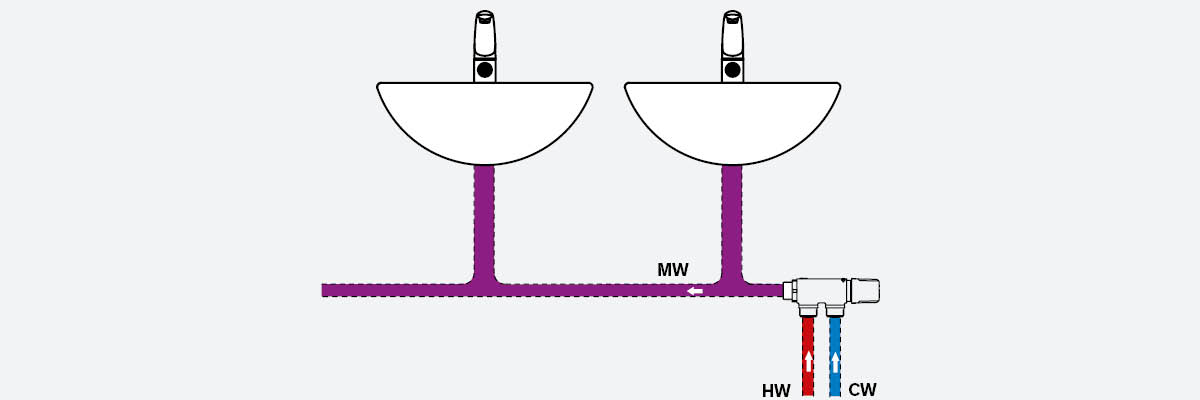
In addition, with the PREMIX range it is easy to undertake thermal shocks, which aim to ensure additional cleaning of the water distribution system and the points-of-use periodically.


